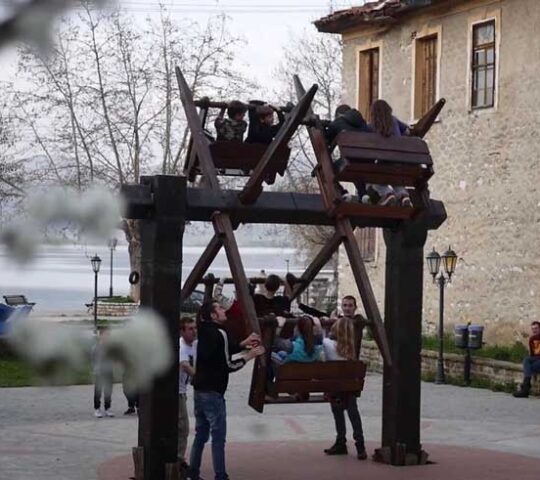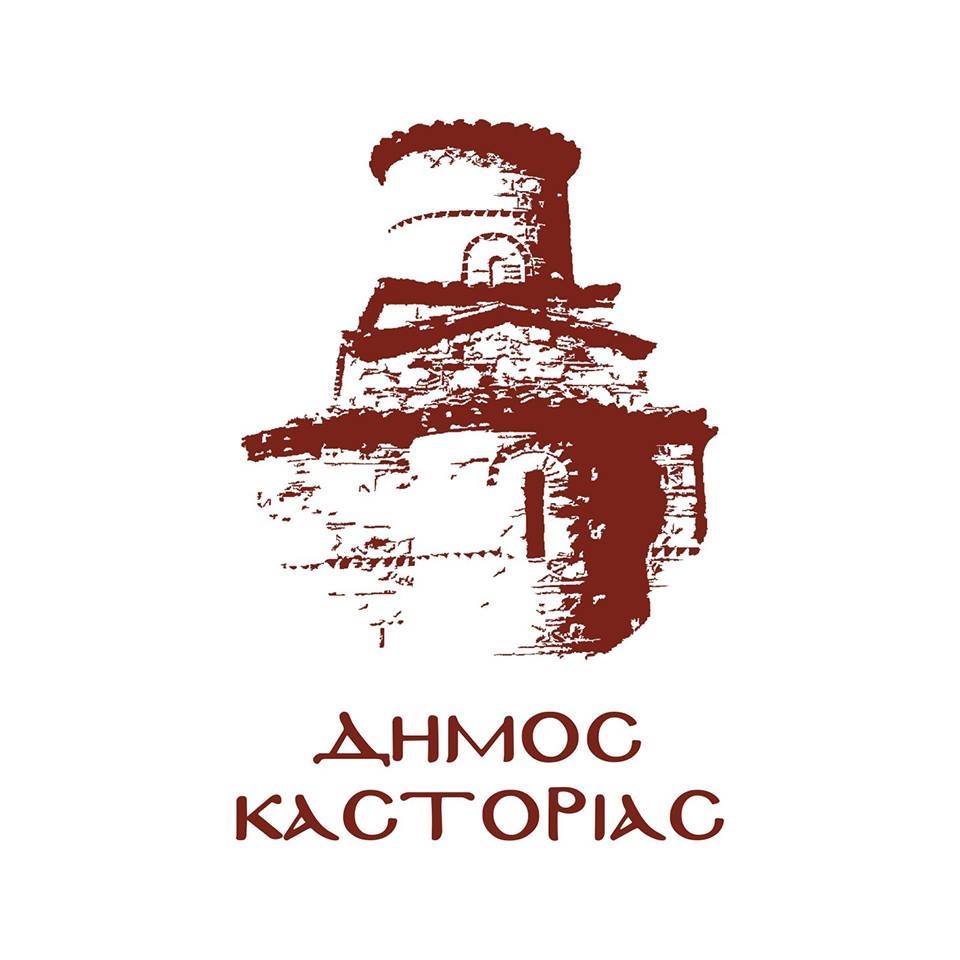Easter in Kastoria
Kastoria
“O Gliki Mou Ear…”
Easter, the leading celebration of Orthodox Christians, motivates us to travel to destinations that combine religious devotion and spring frenzy.
A top Easter destination is Kastoria. Adorned with Byzantine and post-Byzantine churches of renowned beauty, it is generously surrounded by lush vegetation and one of the most attractive lakes in Greece.
Indeed the region of Western Macedonia is one of the few in the country where the seasons are entirely distinct. Spring in Kastoria is not just the transition from cold to heat, but a true frenzy of senses. Snow on the peaks of Gramos and Vitsi, streams and waterfalls with icy water and of course the wild flowers of countless colours and scents that reach the shores of the lake.
The Holy Week in Kastoria seems to be filled with endless experiences and events. Walks along the cobbled streets of the old neighborhoods “Doltcho” and “Eleousa”, with the blossoming lilac trees, where every now and then a chapel will be open by the neighborhood’s keyholder. Cycling on the lakeside road of the peninsula, one of the most enviable urban cycling routes in the whole country and maybe the route will end in the picturesque neighborhood “Apozari”, next to the lake. There, almost next to the emblematic 18th century mansion “Morali – Tsatsapa”, during the Passion Week, the neighbors, following the old custom, set up a “Rodani”, a wooden eight-seater swing, covering with laughter and children’s voices the mournful sound of the bell of St. George. A little further up, overlooking the lake and the mountain tops, stands the “lace decorated” church of Agioi Anargyroi from the 10th century. In the penumbra of the central nave, the stunning fresco of the Burial dominates, designed in the strict lines and special colours of the Komnenian Renaissance.
Just before we surrender to the ritual of the procession of the epitaphs of the Cathedral and St. George and their meeting in the upper square of the city, we can recall one of the most shocking exhibits of the Byzantine Museum of Kastoria, which, after travelling to the Metropolitan Museum of New York and the Hermitage of Petrograd, enchants us from the place where it was created. The two-faced 12th century image of extreme humiliation with the rigid Jesus on one side and the unmistakable gaze of Panagia Hodegetria (or Odigitria) on the other, foreshadow the climax of the Divine Drama.
On Easter Saturday, if we want to endure the smell of the brioches that are being prepared all over the city, it is good to start the day with some of the famous flower honey of the region. That way we’ll have enough energy to stand up when the cool evening breeze blows across the lake to the imposing and atmospheric 11th century lakeside monastery of Panagia Mavriotissa, the most popular place of worship for locals and visitors alike.
In the candlelight, the ancient frescoes seem to come to life, participating in the Mass of the Resurrection, while at the climax of “Christοs Anesti” under the century-old plane trees, like shadows in the half-darkness, the water birds of the pond crow and flutter, disturbed by the noise of the bell and the crackling of the eggs.
In the following hours, housewives, restaurateurs and hoteliers do their best to satisfy their hungry fellow citizens. Cooking, kokoretsi, lamb, local tasty cheeses and the award-winning local wines of the Macedonian vineyard take centre stage. And if luck is on our side, we might be able to try the hard-to-find “kapama lamb”, the traditional Easter dish of Kastorian urban cuisine. After this gastronomic feast, peaceful walks in nature are a must. A walk to Prophet Elias and the mountain of the city’s peninsula or the peripheral round of the lake, next to dense reed fields, apple trees, bean trees and vineyards, will whet our appetite for other pleasures.
We may have already experienced all of this or we may simply long for it, but surely when the conditions allow it, next Easter Kastoria will be waiting for us.
Romulus Mantzouras












